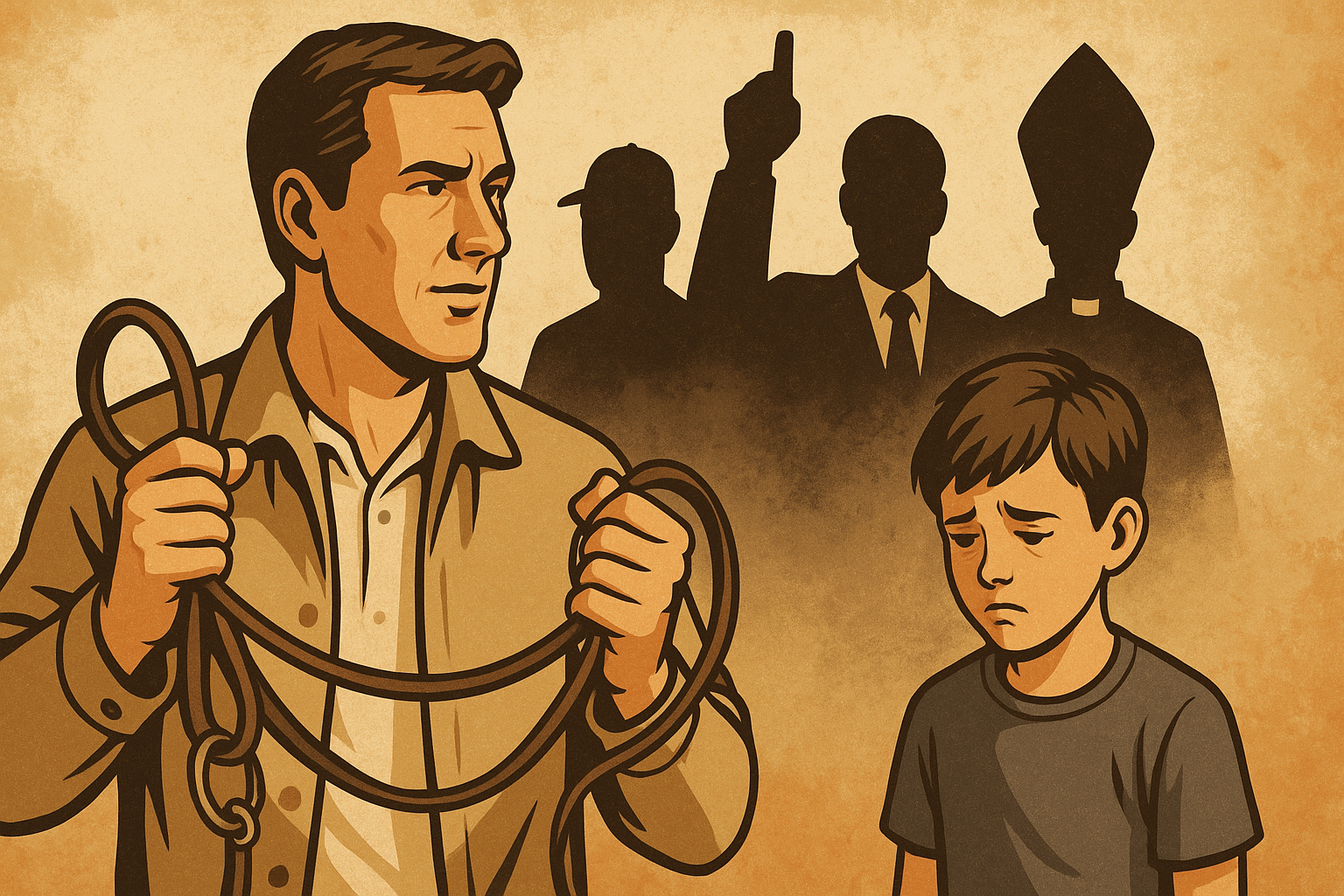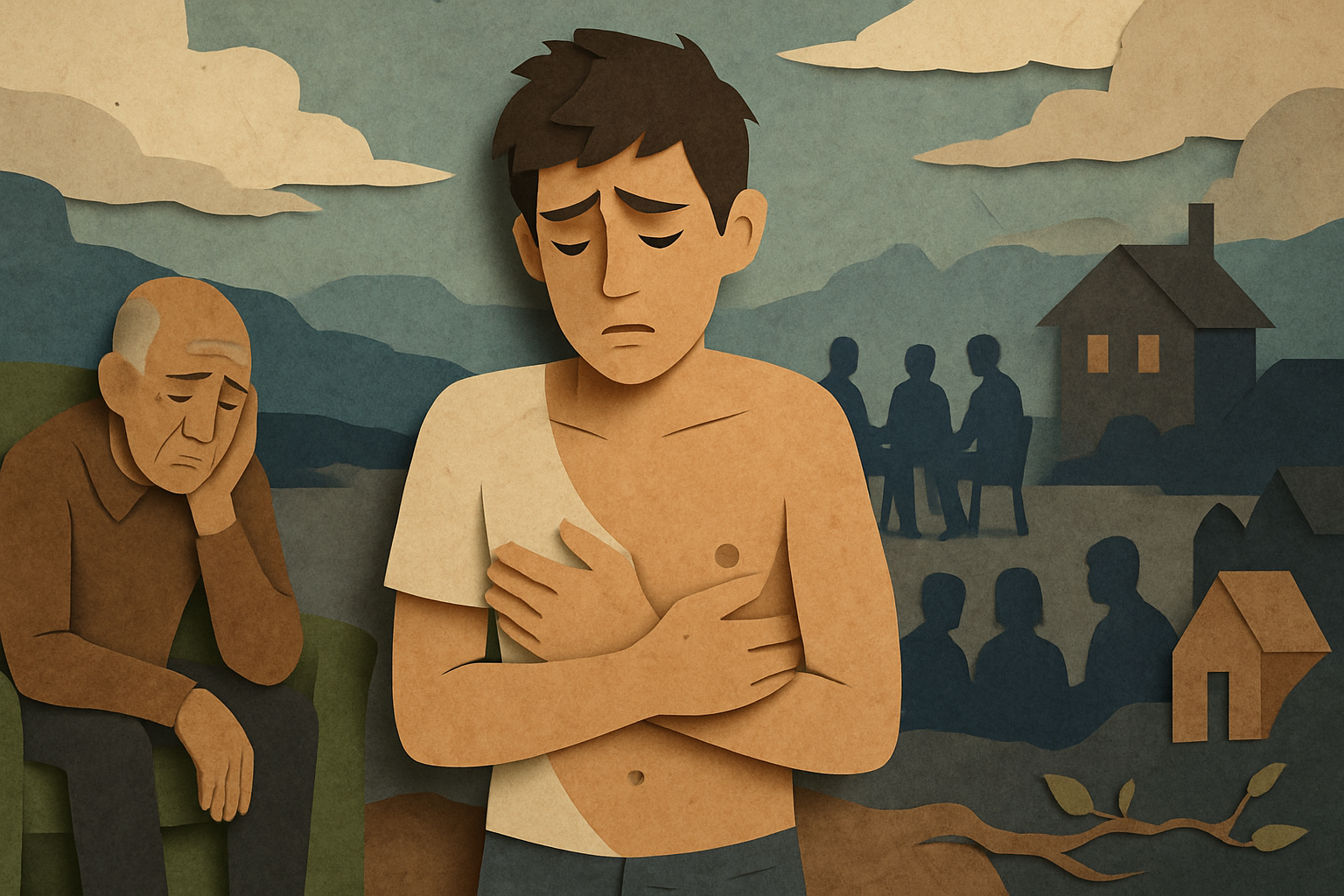READ IT TO ME: Click play to listen to this post.
Someone once said, “Worrying is like a rocking chair, it gives you something to do, but it gets you nowhere!” Human relationships trigger worry. Everyone wants to be liked. You worry that what you might say or do is hurtful to someone you care about. You try to control others so they avoid unnecessary painful experiences. This is true in marital relationships when one partner tries to control what the other does around cooking, driving, or other annoying behavioral patterns.
Sometimes people get stuck with obsessional control. This is common with dysfunctional family relationships. Family members become enmeshed and attempt to control what another family member thinks or does by trying to live inside their skin. It is very intrusive and destructive. Sometimes families control what children do for play, making friends, and creating pressure about career choices. Families strongly influence the choice of a life partner. Cultural, religious, and economic status are family factors that play a critical influence on an individual’s decisions about life. To the extreme, family members lose sight of where they stop and another family member starts because of intense enmeshment.
Addicts lose themselves in their addiction. They take up too much space. If addiction is a big balloon in a small room, the addict takes up all the space and smashes everyone against the wall to get what they want when they want it. They don’t know where they stop and other people start.
The first order of business in recovery is to get the runaway train going down the track (the addiction) stopped. The second order of business is to establish boundaries with friends, family, and work. Addicts act like my old Craftsman lawn mower; without a governor, it revs up faster and faster until the engine finally explodes. Addicts need a governor. That’s what learning boundaries are all about. They are essential for addicts to recover.
Addicts go to a treatment facility to stop the train from running out of control down the tracks. Most treatment facilities are very good at helping an addict recognize that he/she is out of control. By the time 30-60 days of treatment is complete, an addict can see and think straight for the first time in years. They feel better physically, emotionally, and spiritually.
The test is when they return home, the dysfunctional dynamics are the same. An addict is expected to come home and fit right in. “Treatment was for you. You need to know how to fit in with your family. We are your people who love you!” Comments like this greet a recovering addict upon home arrival. Family members walk around the dead dog in the living room. The family game of ignoring the obvious and embracing the improbable is in full operation. The unhealthy roles family members play are solidly enforced. The family is in denial of its dysfunction. Members project that the addict is the identified patient. Hurtful enmeshment is denied. If the addict confronts hurtful, dysfunctional behavior, he is met with comments that he/she is being dishonest and is delusional. “That’s the reason you went away for treatment” it’s concluded. All too often the family remains the enabling system that fuels the addictive behavior. Dysfunctional families cannot see the forest for trees. Essentially, nothing changes in the home environment that the addict returns to.
Friends also are impactful. Most addicts must create an entirely new set of friendships. This is difficult. Addicts who follow through and do this or at least try, wrestle with not belonging, loneliness, and feel ostracized. It takes courage to overcome despair, eliminate delusion, denial, and dishonesty and minimize defensiveness while recovering from addictive behavior.
Learning to sit with what you feel inside is hard to do. It requires training to sit with an uncomfortable experience and not numb out with an addictive choice. It is common for addicts to become busy with recovery and avoid sitting in discomfort. You can become busy with doing recovery tasks, attending recovery meetings, completing 12 steps, and participating in recovery social gatherings which adds to the busyness of doing life with all of its demands and never learn to sit with your own insides. Here are a few things to consider:
1. Learn to stay in your own lane. This is what boundaries are all about. Much has been written about boundaries and recovery. Successful recovery requires that you create internal boundaries that help you to separate from trying to please others when you need to care for yourself. You will need to create strong external boundaries that do not let others treat you with disrespect. You cannot make a person respect you but boundaries with consequences will take care of you when others treat you with scorn and disrespect. Work with a therapist, sponsor, and recovery friend to fine-tune your boundaries in order to improve your capacity to sit with your own insides.
2. Train in detachment. Learn to separate from high-risk scenarios, family settings, and friendship situations that you know are destructive to your recovery. Addicts are intensely fearful of being abandoned. It started with their family of origin. Detaching from hurtful situations is a way of growing yourself up into the powerful adult that your destiny requires of you. It’s scary. Yet, it is an important way to teach others to respect you and treat you with dignity. Detachment will never occur without the voice of assertion. Other people will learn to appreciate your values when you assertively detach from unhealthy behaviors. Sometimes when you step back, family members will take note and offer a new respectful appreciation for your boundaries. Other times family members might misunderstand, feel hurt, and distance themselves from you. Either way, you will need to practice internal and external boundaries that promote self-care. Your willingness to sit with this discomfort will be a critical proving ground for building a solid foundation for recovery.
3. Learn to grieve. Addicts need to grieve the loss of addictive behavior. It involves embracing the entire gamut of feelings. When you don’t grieve your losses you will tend to live outside of yourself. This creates distance from what’s truly going on inside. Grieving embraces the resentment for no longer having your “friend” of addiction choice in your life. That resentment needs to be felt and expressed directly. You will need to cry for yourself. Many men learn to cry for others but have been told they cannot cry for themselves. There are many things to grieve in recovery. Loss of childhood, loss of honesty and integrity, loss of childhood dependency needs not being met, loss of curiosity, adventure, and loss of choices are only a few issues that need to be grieved.
4. Practice affirmations. It takes courage to sit with your own insides. When you do, clarity will appear. It’s not magic but it is assured. To do this task you must engage in affirming yourself. The practice of self-affirmation is an age-old recovery skill set that is most often overlooked. Yet, it is helpful to affirm your feelings. Learn to practice self-affirmation about your sense of being. Make it a part of your daily experience in the same way you do physical hygiene. You will find it transformational. This skill practice is nothing new but revolutionizing.
Addicts in recovery have learned to sit with their own insides. They deepen their own self-awareness with keen intuition. They learn to navigate dysfunctional systems by staying in their own lane, detaching from what hurts, and grieving the inevitable losses that come in life. In the end, addicts who practice affirming themselves assert the transformational power of recovery.





